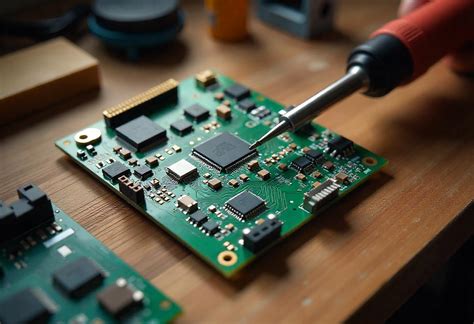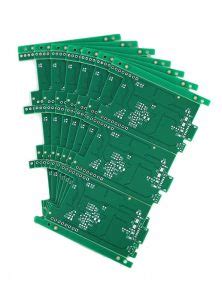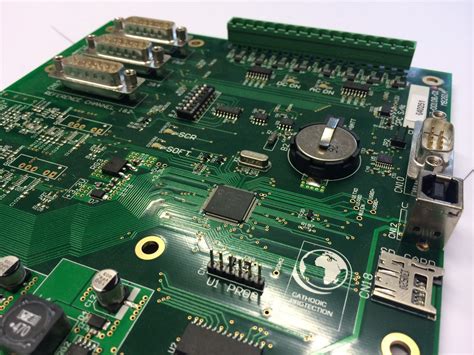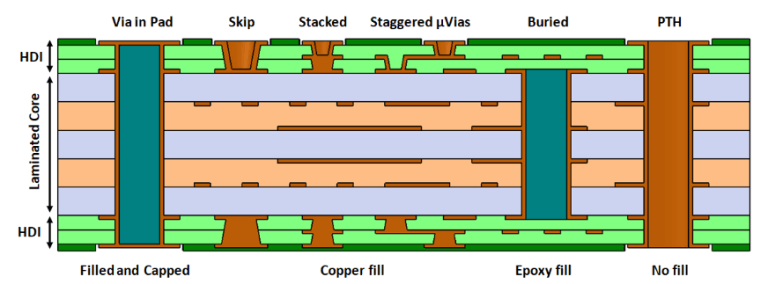PCBA OEM: A Comprehensive Guide to Outsourced Electronics Manufacturing
Introduction
In today’s fast-paced electronics industry, companies are constantly seeking ways to improve efficiency, reduce costs, and accelerate time-to-market. One of the most effective strategies is outsourcing Printed Circuit Board Assembly (PCBA) to Original Equipment Manufacturer (OEM) service providers. PCBA OEM services allow businesses to focus on design, innovation, and marketing while relying on specialized manufacturers for high-quality production.
This article explores PCBA OEM in detail, covering its definition, benefits, key processes, selection criteria for OEM partners, and future trends in the industry.
What is PCBA OEM?
PCBA OEM (Printed Circuit Board Assembly Original Equipment Manufacturer) refers to outsourcing the entire PCB assembly process to a third-party manufacturer. The OEM partner handles component procurement, PCB fabrication, assembly, testing, and sometimes even product packaging and logistics.
Key Stages in PCBA OEM:
- Design for Manufacturing (DFM) Review – Ensures the PCB design is optimized for production.
- Component Sourcing – Procurement of high-quality electronic components.
- PCB Fabrication – Manufacturing the bare PCB based on design specifications.
- PCB Assembly (PCBA) – Soldering components onto the board using Surface Mount Technology (SMT) or Through-Hole Technology (THT).
- Testing & Quality Control – Functional testing, Automated Optical Inspection (AOI), and In-Circuit Testing (ICT).
- Final Assembly & Packaging – Integrating the PCBA into the final product and preparing for shipment.

Advantages of PCBA OEM
1. Cost Efficiency
- Lower Labor Costs – Outsourcing to regions with competitive manufacturing rates reduces expenses.
- Reduced Overhead – No need for in-house assembly lines, equipment, or skilled labor.
- Bulk Purchasing Benefits – OEMs procure components at scale, reducing per-unit costs.
2. Access to Advanced Technology
- OEM partners invest in state-of-the-art SMT machines, reflow ovens, and testing equipment.
- Expertise in high-density interconnect (HDI), flexible PCBs, and mixed-technology assembly.
3. Faster Time-to-Market
- Streamlined supply chains and experienced production teams accelerate prototyping and mass production.
- Quick turnaround times for small-batch and large-scale orders.
4. Scalability & Flexibility
- Easily adjust production volumes based on demand without capital investment.
- Support for low-volume prototypes and high-volume mass production.
5. Quality Assurance & Compliance
- OEMs follow ISO, IPC, and RoHS standards to ensure reliability.
- Rigorous testing protocols minimize defects and improve product longevity.
Key Considerations When Choosing a PCBA OEM Partner
Selecting the right PCBA OEM manufacturer is crucial for product success. Here are the most important factors to evaluate:
1. Technical Capabilities
- Assembly Technologies – SMT, THT, mixed assembly, and fine-pitch components.
- PCB Types Supported – Rigid, flexible, rigid-flex, and high-frequency boards.
- Testing & Inspection Methods – AOI, X-ray inspection, functional testing.
2. Supply Chain Management
- Strong relationships with component suppliers to avoid shortages.
- Ability to source both active and passive components reliably.
3. Quality Certifications
- ISO 9001 (Quality Management)
- ISO 13485 (Medical Devices)
- IATF 16949 (Automotive)
- IPC-A-610 (Acceptability of Electronic Assemblies)
4. Prototyping & NPI Support
- Rapid prototyping services for design validation.
- New Product Introduction (NPI) support to transition from prototype to mass production.
5. Geographic Location
- Local OEMs offer faster logistics and better communication.
- Offshore manufacturers may provide cost savings but with longer lead times.
6. After-Sales Support
- Troubleshooting, failure analysis, and repair services.
- Warranty and return policies.

The PCBA OEM Process: Step-by-Step
Step 1: Design Submission & DFM Review
- The client provides Gerber files, BOM (Bill of Materials), and assembly drawings.
- The OEM performs a DFM check to identify potential manufacturing issues.
Step 2: Component Procurement
- The OEM sources components from trusted suppliers.
- Alternative part suggestions in case of shortages.
Step 3: PCB Fabrication
- Manufacturing the bare PCB with copper layers, solder mask, and silkscreen.
Step 4: PCB Assembly
- SMT Process:
- Solder paste application.
- Pick-and-place machine installs components.
- Reflow soldering.
- THT Process:
- Manual or wave soldering for through-hole components.
Step 5: Testing & Inspection
- Automated Optical Inspection (AOI) for soldering defects.
- Functional testing to ensure performance.
- Environmental stress testing (if required).
Step 6: Final Assembly & Delivery
- Conformal coating, boxing, and shipping.

Future Trends in PCBA OEM
1. Increased Automation & AI Integration
- AI-driven defect detection and predictive maintenance.
- Robotics for faster and more precise assembly.
2. Growth in IoT & Wearable Electronics
- Demand for miniaturized, high-density PCBAs.
- Flexible and stretchable PCB technologies.
3. Sustainable Manufacturing
- Lead-free and halogen-free materials.
- Energy-efficient production processes.
4. Supply Chain Resilience
- Localized manufacturing to reduce dependency on global supply chains.
- Digital inventory management for real-time tracking.
5. Advanced Packaging Technologies
- System-in-Package (SiP) and 3D IC integration.
- Embedded component PCBs.
Conclusion
PCBA OEM services provide businesses with a competitive edge by offering cost-effective, high-quality, and scalable electronics manufacturing solutions. By partnering with a reliable PCBA OEM provider, companies can focus on innovation while ensuring efficient production and faster market entry.
When selecting an OEM partner, it is essential to evaluate their technical expertise, quality standards, supply chain stability, and support services. As technology evolves, trends like AI-driven manufacturing, IoT growth, and sustainable practices will shape the future of PCBA OEM.
By leveraging these advancements, businesses can stay ahead in the rapidly changing electronics industry while delivering superior products to their customers.







